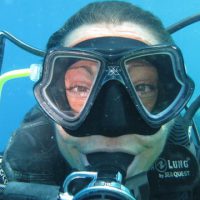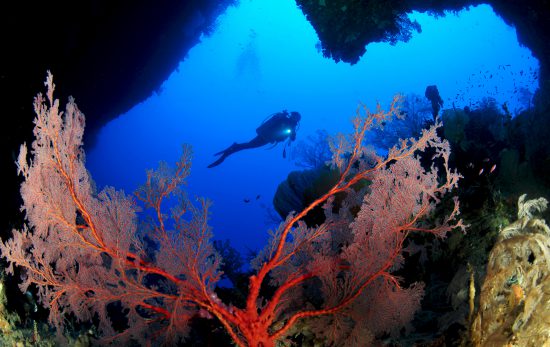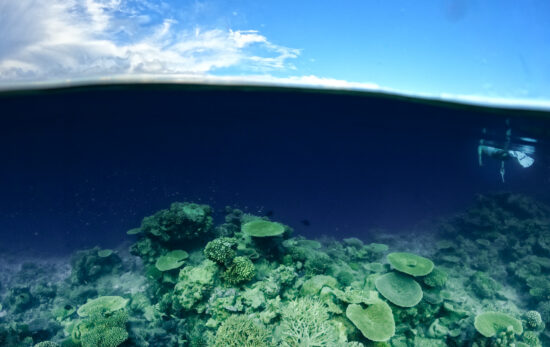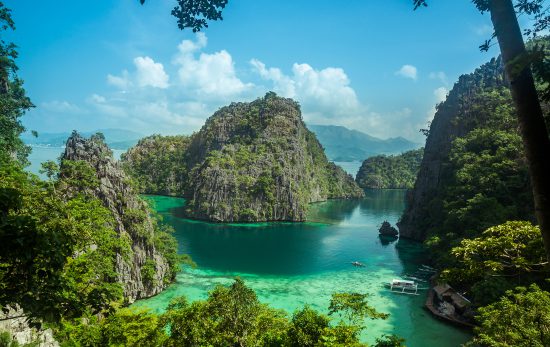The island of Sri Lanka is a paradise for scuba divers. With almost 1,600km/994 miles of coastline to explore, there is no shortage of phenomenal diving opportunities. From exceptional wreck dives to vibrant, healthy coral reefs which are teeming with life, there is an array of Sri Lanka dive sites that will impress even the most seasoned divers.
Whether you seek encounters with big fish, which in Sri Lanka can include the blue whale (it doesn’t get bigger than this!!) or macro critters, the diverse marine life which abounds in Sri Lanka’s tropical waters will surprise you.
World-class dive sites, friendly people and impressive topside scenery make Sri Lanka a destination worthy of any diver’s bucket list! Read on to find out more about our favorite Sri Lanka dive sites.
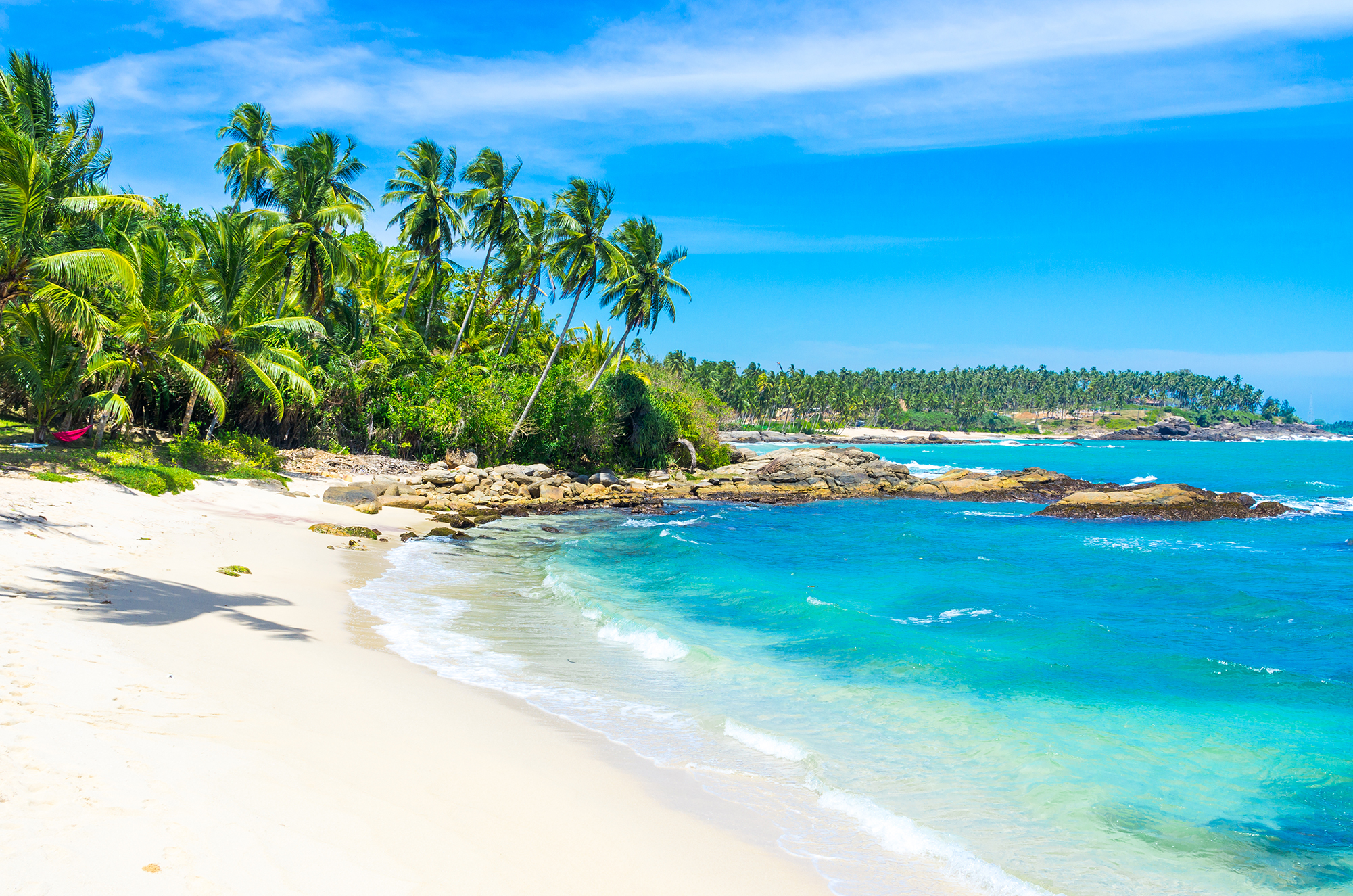
The best time for scuba diving in Sri Lanka
Seasonal monsoons affect the diving in Sri Lanka. However, regardless of the time of year in which you plan to visit, you’ll always find spectacular diving. If you are traveling between October and May, you’ll want to head to the west and southwest coasts. If you plan to visit from May through to October, then the northeast coast offers the best conditions.
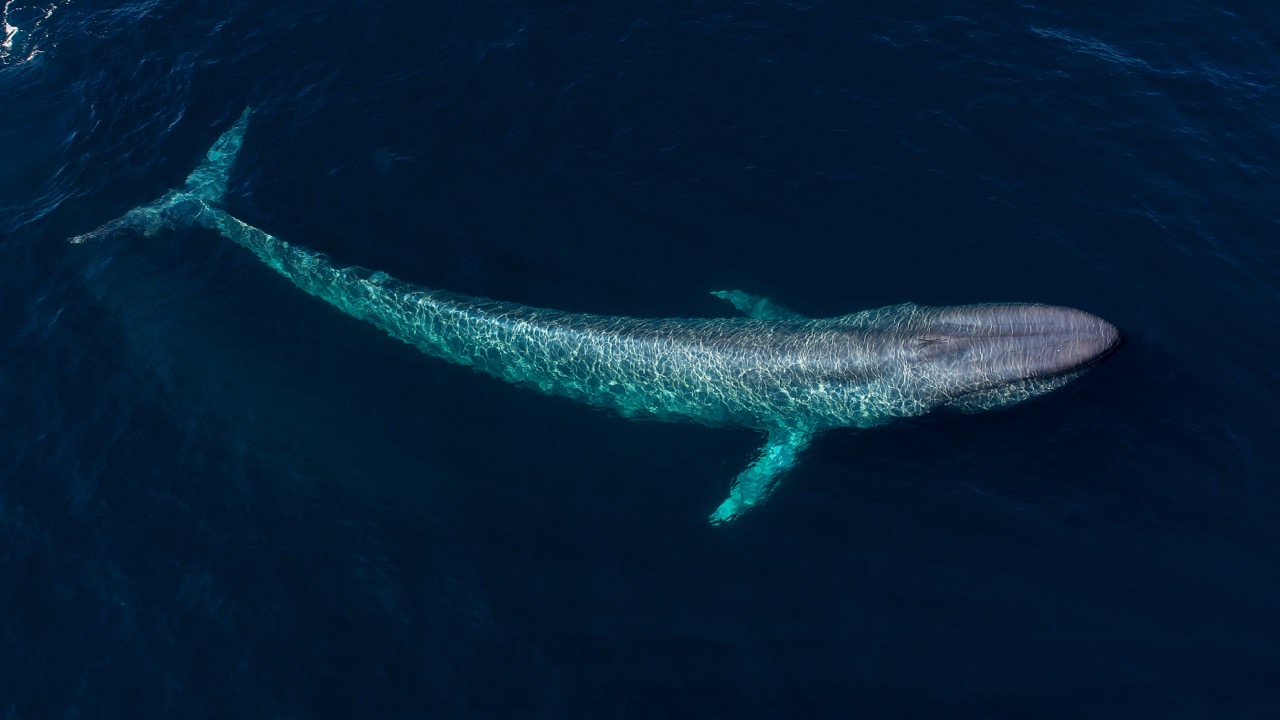
Swami Rock (Taprobane Reef), Trincomalee
This is a unique dive site and one of the most photographed in the world. Swami Rock is home to varied marine life, including large rays and schooling fish, as well as statues from the temple which was destroyed here in the 17th Century. The area has a number of dive sites where you can also find underwater masonry and other features. The famous Arthur C Clarke noted these sites in his 1957 book ‘the Reefs of Taprobane’. As well as some of the best scuba diving in Sri Lanka, the Trincomalee area is also becoming very popular for dolphin and whale watching.

Gorgonian Gardens, Colombo
As one would expect from a site of this name, Gorgonian Gardens is packed with majestic gorgonian sea fans. The site has been recognized for its natural beauty and as such, anchoring here is strictly prohibited. To see the “gardens” for yourself firstly requires a decent to around 35 meters/115 feet. So, this site is recommended for certified Deep Divers only. In addition to the gorgonians – which are undoubtedly the highlight – expect to see schools of triggerfish and a healthy smattering of other reef fish.
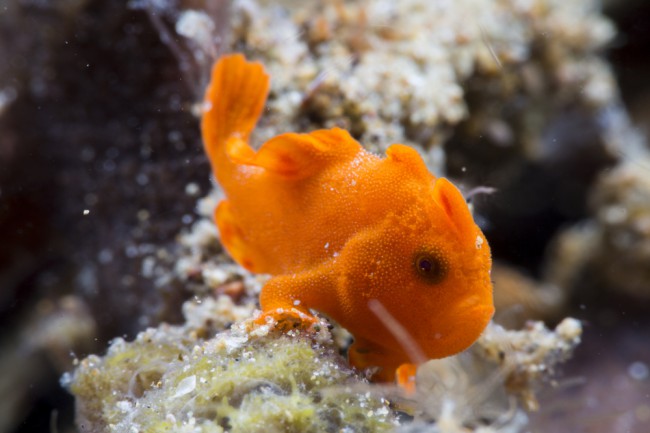
Navy Island, Trincomalee
This dive site, which is located along the bay behind Trincomalee hospital, offers an amazing reef that stretches over 700 meters/2,300 feet, starting from the beach. This shallow reef is perfect for all levels, including those taking courses. More experienced divers may penetrate small swim-throughs as they explore the varied underwater topography. Although the reef has taken some damage in the past, it is recovering well and home to a thriving variety of species. Look out for the moray eels! Species spotted here include: Sulphur head moray eels, white-eyed morays, giant moray and honeycomb moray eels. Other highlights include nudibranchs, cephalopods and a range of interesting bottom dwellers such as scorpionfish, frogfish, stonefish and stingrays.
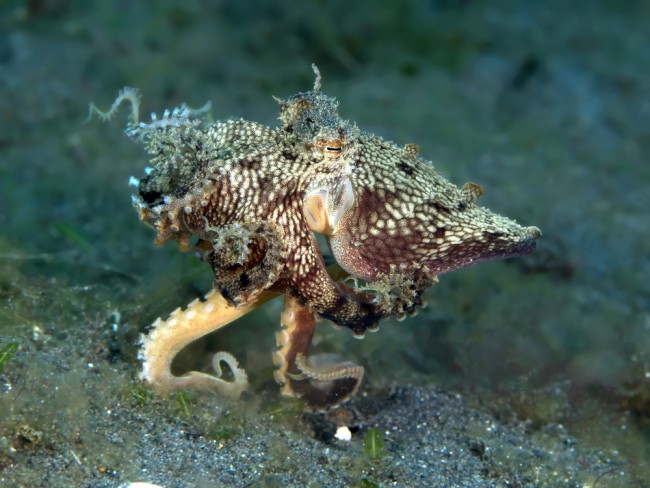
Bull Dog Reef, Kalpitiya
The Kalpitiya region is well known for its array of critters. Bull Dog Reef is probably the most beautiful reef in the region in which to spot them. This is one of the best dive sites in Sri Lanka for anyone with an interest in macro marine life and underwater photography. Look out for interesting bottom dwellers, a plethora of crustacean species and well-camouflaged cephalopods. If you can stand to take a break from the critters, it is not uncommon to encounter Napoleon wrasse here too.

Barracuda Reef, Colombo
This is one of Sri Lanka’s best-known reefs for good reasons. It promises a plethora of marine species – and in abundance! Barracuda Reef is never the same dive twice; you’ll always discover something new and see something different every time. From macro critters through to larger predators and a multitude of colorful reef fish, there’s little not to like about one of the best photo locations in Colombo.
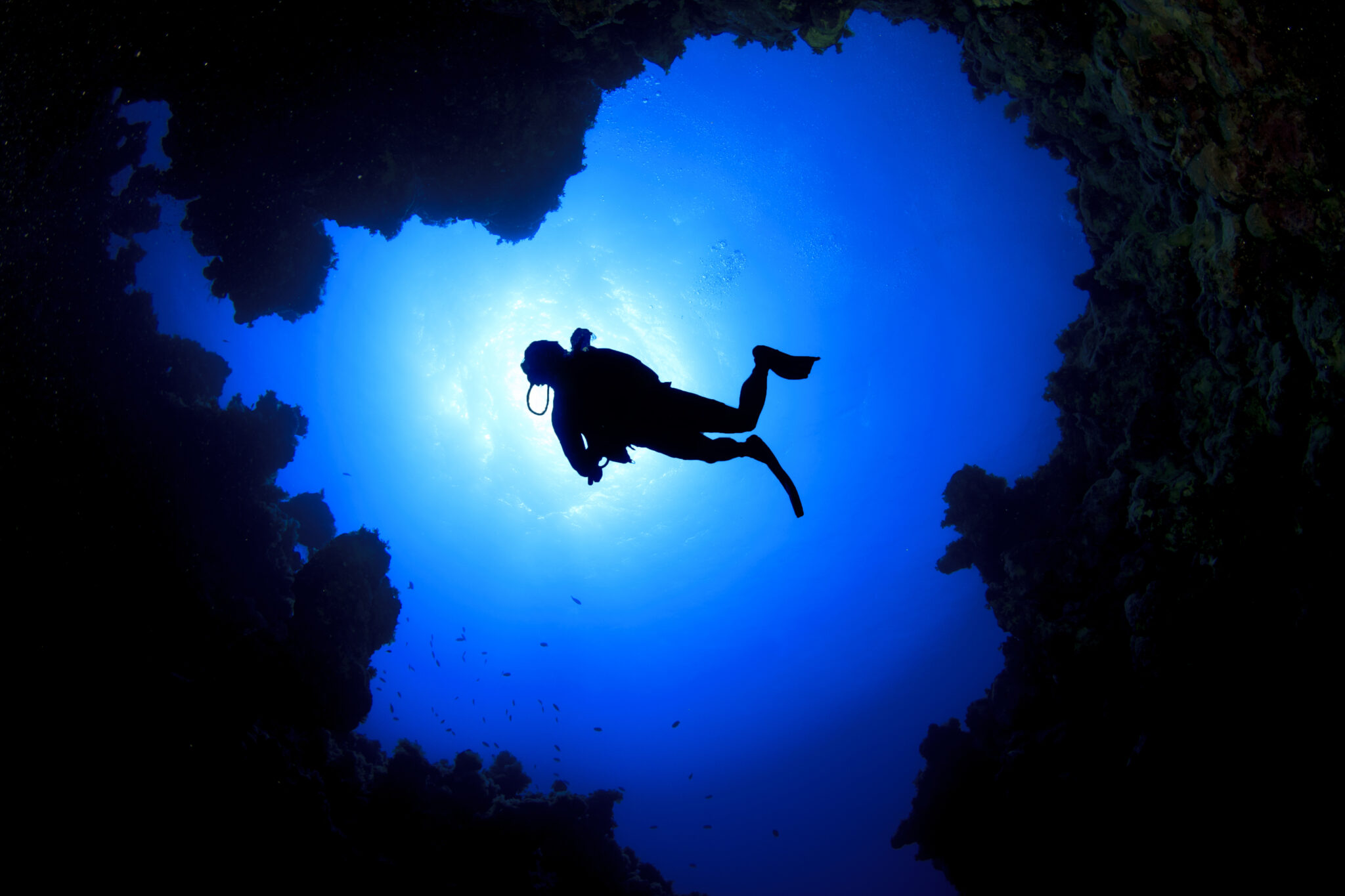
Great Basses Reef
Lying approx. 10km/6 miles off the southeast coast of Sri Lanka, this is the junction point between the Indian Ocean, Antarctica and southeast Asia. There are a wide range of dive sites here, including wrecks, caves, reefs and ruins. Every site provides the opportunity to spot larger marine species and pelagics such as eagle rays, pompanos, trevally and white tip sharks. For experienced divers who enjoy exhilarating currents, Great Basses Reef is certainly a must.

The Second and Third Reef, Negombo
The Third Reef (or Final Frontier) is located 22km/14 miles from land. It’s also an area known for its dolphin sightings! There are also a number of unmissable Sri Lanka dive sites located on the Second Reef, which have an abundance of varied marine species including stingrays, octopus and a multitude of colorful fish and corals.
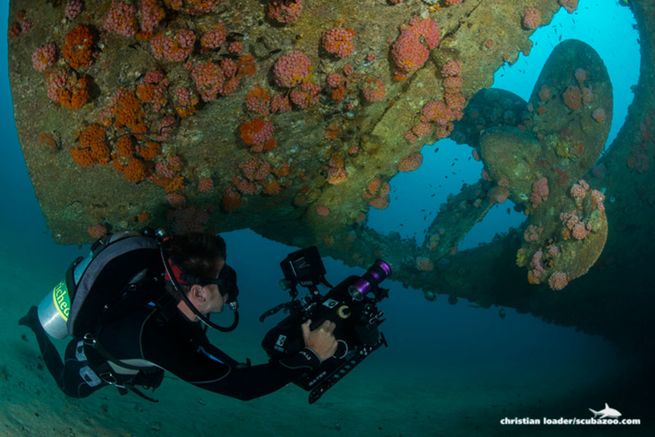
Cargo Wreck (AKA Pecheur Breton Wreck)
A 90-meter/295-foot wreck in Colombo, which was a cargo carrier named Pecheur Breton, offers certified divers a massive wreck to explore. It lies on its side at around 20 meters/66 feet at its shallowest point. However, the starboard side sits deeper than this (33 meters/108 feet). Schools of fusiliers are common in addition to hunting tuna, trevally and king mackerel. Whale sharks even make occasional appearances. The coral-encrusted wreck is now a thriving living reef and home to numerous species of reef fish. For wreck divers, the open cargo holds create pleasant and easy swim-throughs.
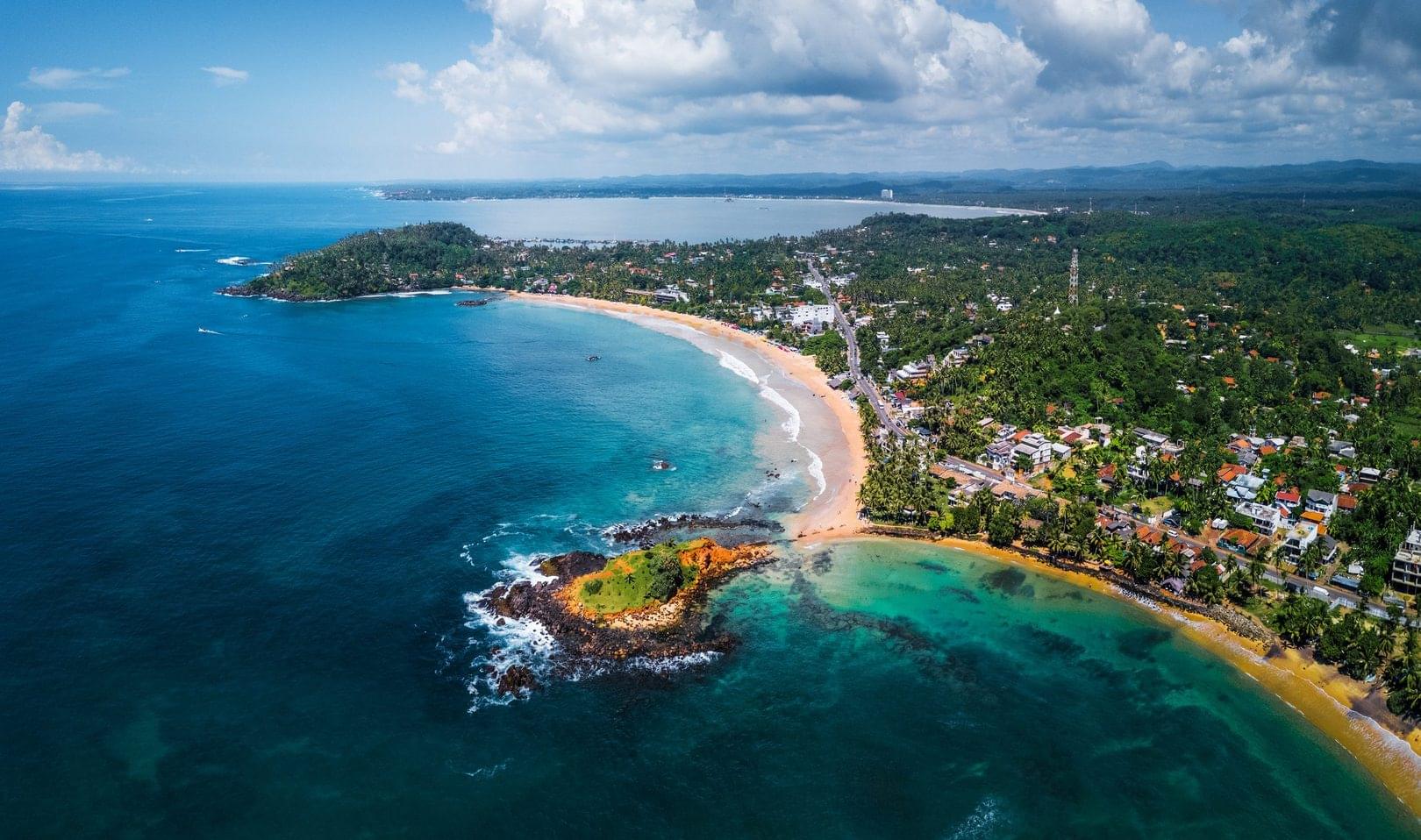
Prince Heinrich Patch (PHP), Weligama
Weligama Bay’s beautiful sandy beaches are among the best on the planet. Beneath the surface, these waters impress with dramatic topography, swim-throughs and caves. Around 30 minutes south of the coastline, at 20 meters/66 feet deep, lies one of the most popular Sri Lanka dive sites: Prince Heinrich Patch. Here, colossal rocks offer shelter to a myriad of creatures. Look out for moray eels and parrotfish, as well as mantas and other large rays. Nearby, Mirissa is one of the world’s best places to see blue whales, while Galle is home to Sri Lanka’s first underwater museum.
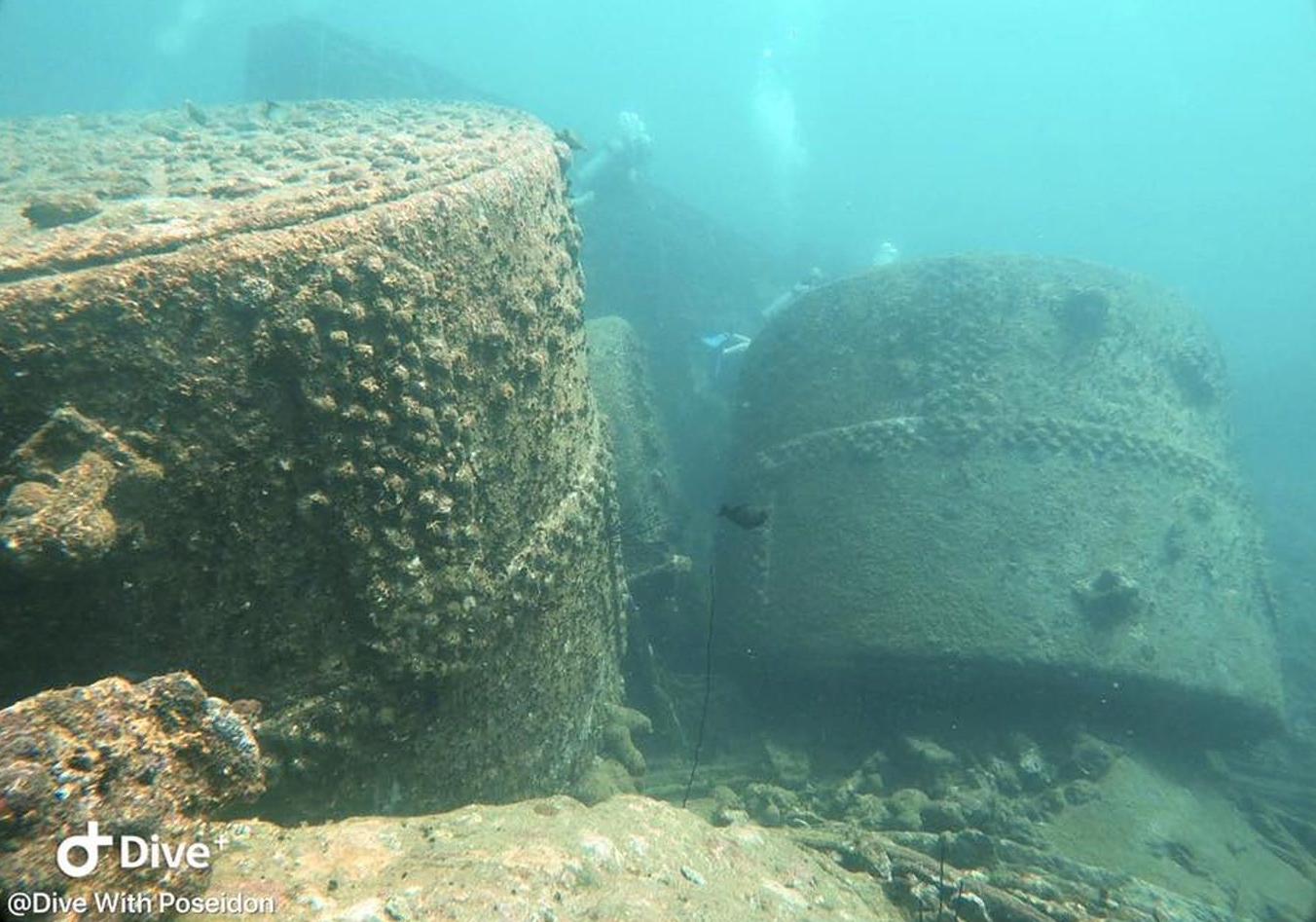
SS Conch, Hikkaduwa
Built in 1892, this 3,555-ton steamship was one of the world’s first oil tankers — but her life was short-lived. After striking Akurala Reef in 1903, she spilled oil before sinking to 21 meters/69 feet. Today, the SS Conch is a must-see when it comes to Sri Lanka wreck diving. Split in two, its features include a half-buried propellor, three huge boilers and metal caves where sunlight shimmers through gaps. What’s more, divers enjoy excellent visibility thanks to the rocky seabed, and you’ll likely encounter sweetlips, angelfish, triggerfish, groupers and Napoleon wrasse.
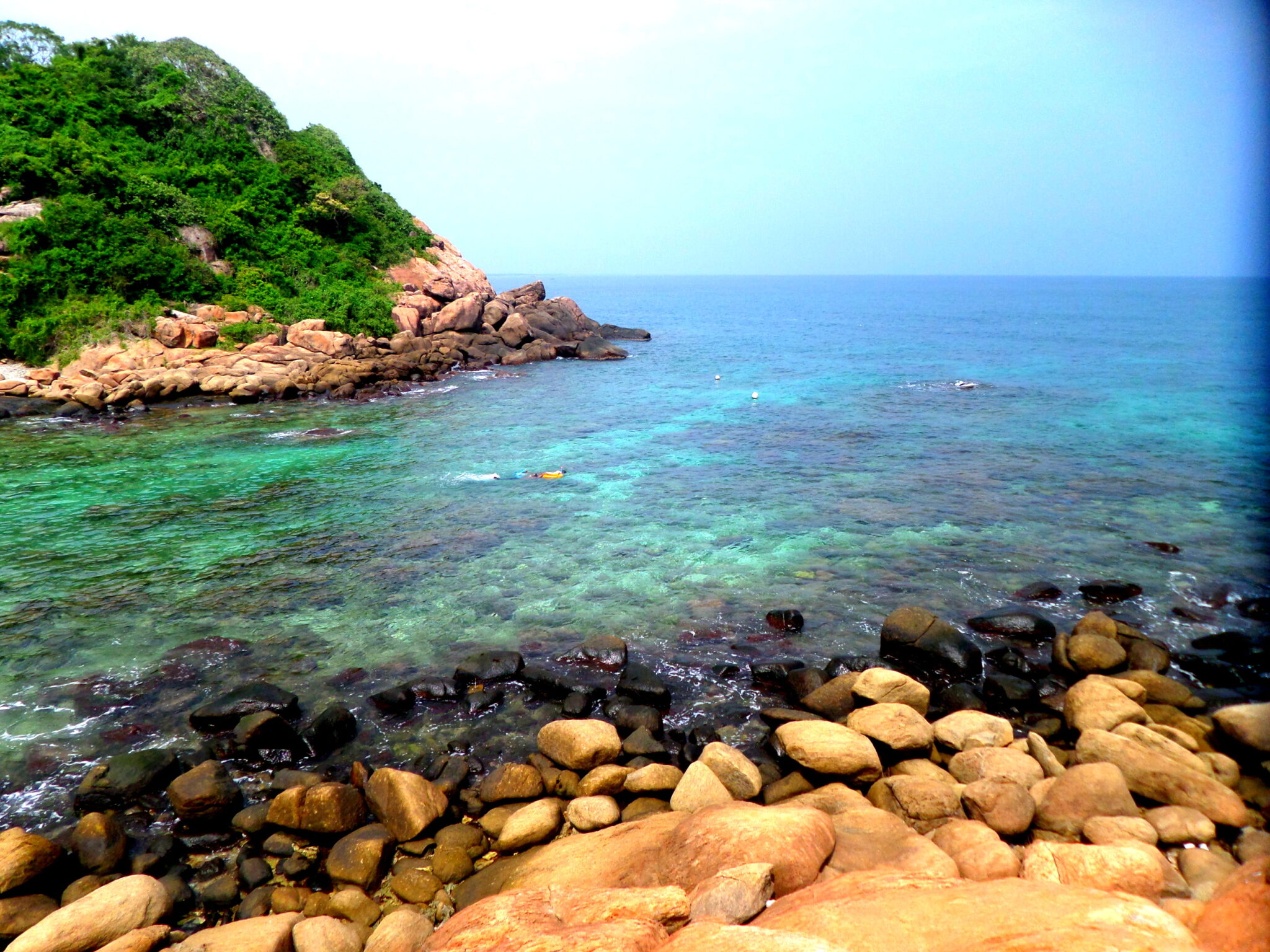
Pigeon Rock, Trincomalee
This dive site promises unforgettable experiences from dawn until dusk. Located within Pigeon Island National Marine Park, biodiversity is undeniably rich, with countless species of hard and soft corals, nudibranchs, reef fish, turtles, crabs and sea stars. Night diving here is equally fascinating — look out for cuttlefish, lionfish and barracuda. Don’t miss out on an early morning dip at neighboring Black Tip Rock. Here, you can watch while 20-25 black tip reef sharks hunt for breakfast. Diving east coast Sri Lanka doesn’t get better than this!
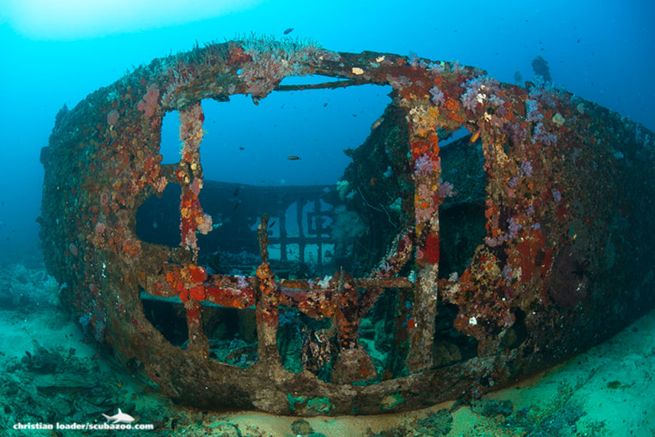
Sri Lanka Dive Sites: A Note on Wreck Diving
Wreck divers will be in their element in Sri Lanka because it’s also home to numerous other famous wreck dives:
- HMS Hermes, Batticaloa
- The “Boiler Wrecks” of the SS Brennus and SS Sir John Jackson, Batticaloa
- British Sergeant, Pasikuda
- MV Cordiality, Trincomalee
- The Taprobane East and North Wrecks, Colombo
- Thermopylae Sierra, Colombo
- SS Rangoon, Galle
- Panadura Nilkete Wreck, Panadura
…to name just a handful!

Jump in and explore the best Sri Lanka dive sites today
So, are you ready to make visiting these incredible Sri Lanka dive sites a reality? Then head over to PADI Travel and start planning the trip of a lifetime! Our scuba vacation experts are on hand 24/7 by email, phone and live chat to give you inspiration and advice on the best diving in Sri Lanka.
